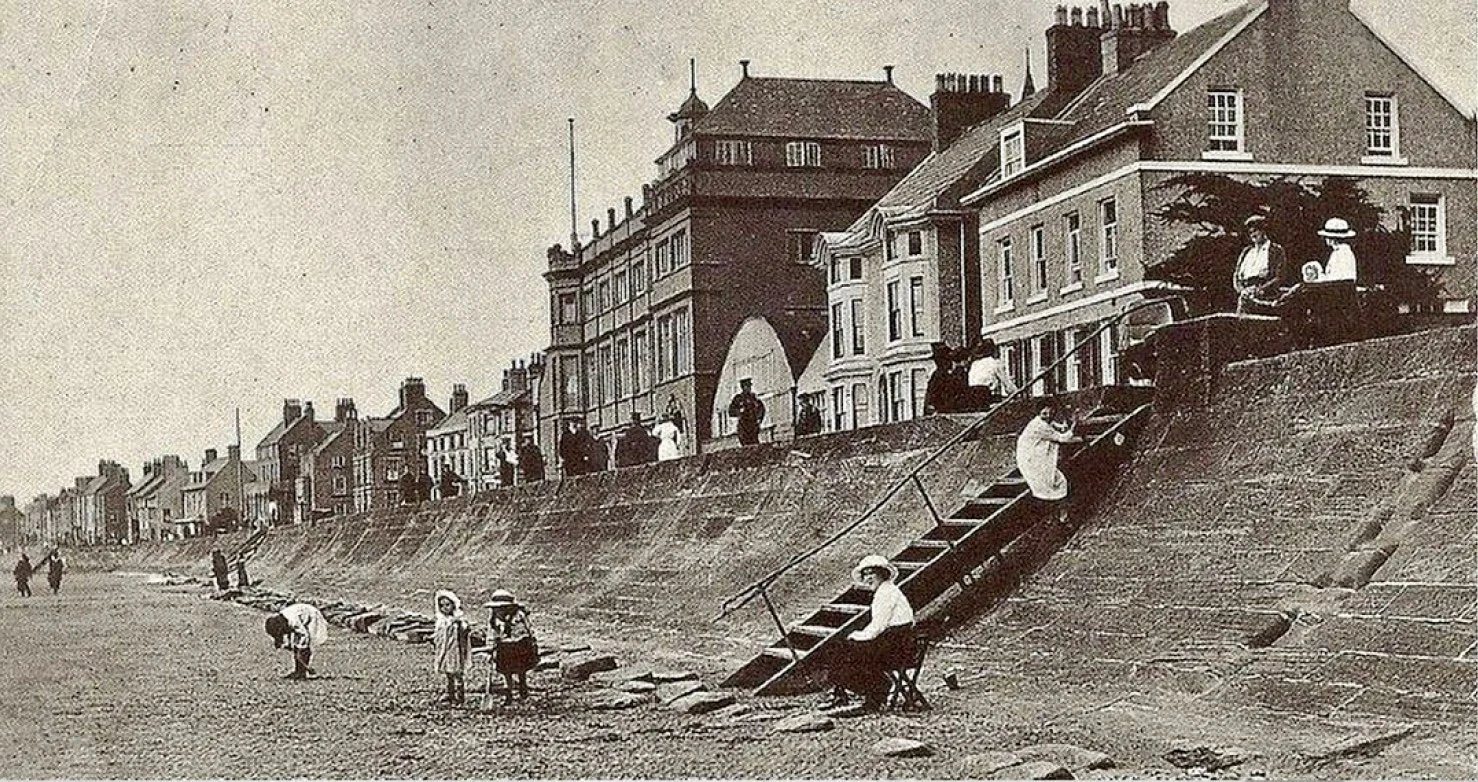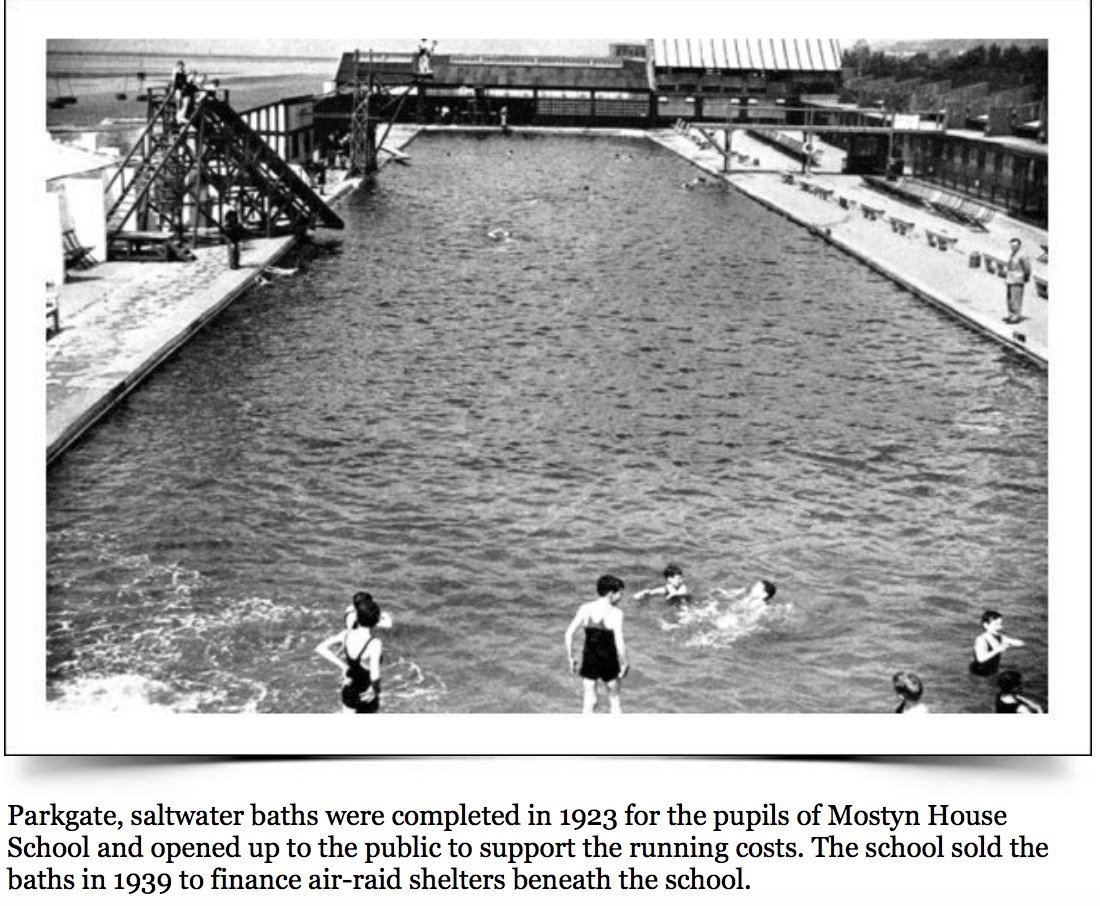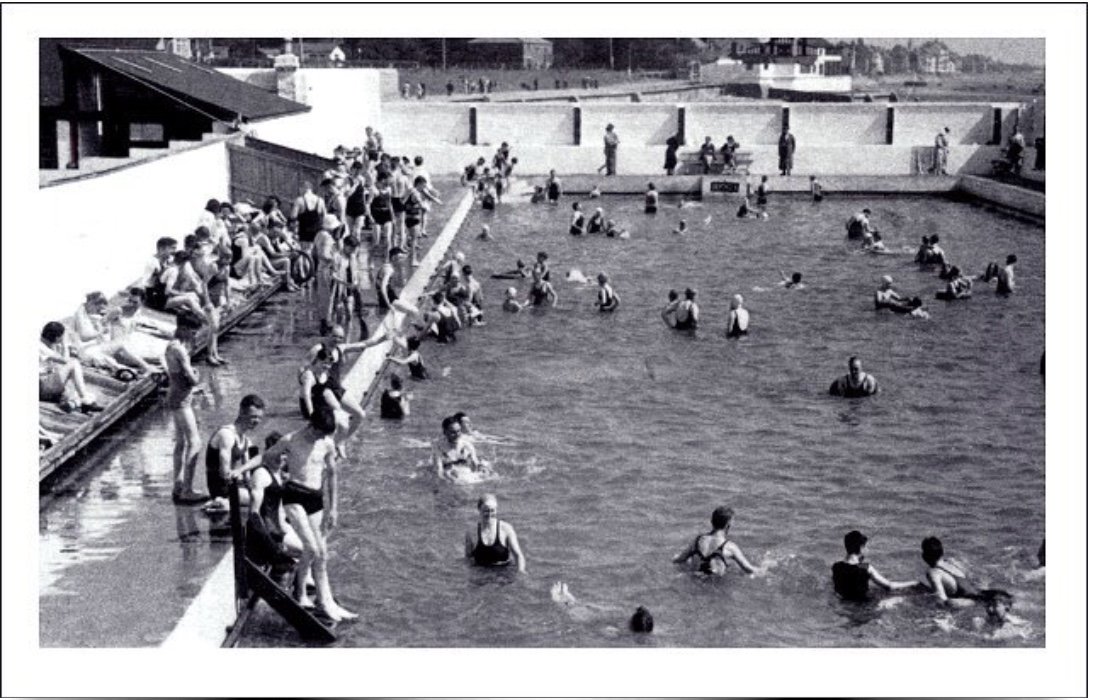sea bathing
Parkgate became well known as a bathing resort from the late 18th century until the late 1930s largely due to the perceived beneficial effects of sea-bathing and the healthy sea air. A number of hotels and lodging houses owned bathing machines on the shore, so that their visitors could take to the water discreetly, without being exposed to public view.
Emma, Lady Hamilton, (born Emma, or Emy, Lyon at nearby Ness in 1765, a blacksmith’s daughter, later the mistress of Lord Nelson) came all the way from London in 1784 to bathe at the resort in search of a remedy for a skin complaint. It is believed she lodged privately at Dover Cottage. At the time of her visit she was known as Emma Hart, her name later changing upon her marriage in 1791 to Sir William Hamilton, our ambassador to the kingdom of Naples.
Unfortunately Parkgate’s pre-eminence as a seaside resort was short-lived. It began to decline in the middle of the 19th century, when New Brighton overtook it as a popular visitor destination.
In 1923, however, new open air baths were constructed on the North Parade, beyond the Boathouse, for Mostyn House School. They were also made available to the public and became very popular with visitors from a wide area, who arrived at Parkgate in great numbers by car and by train. A second, smaller pool was added in 1930. These baths made use of the available sea water but, alas, they too fell into disuse as a result of the encroaching marsh stemming the supply. The baths finally closed in the early 1950s, despite various attempts to rectify the problem in the early post-war period.
Last Updated April 2022




